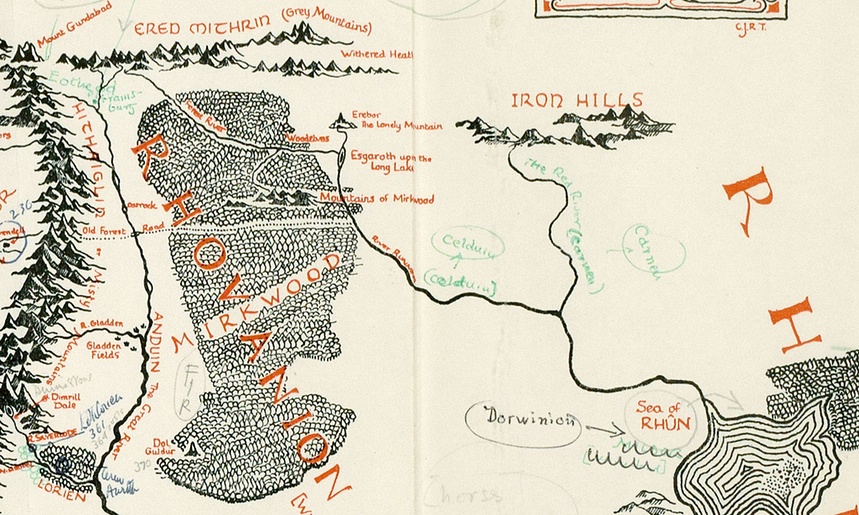Only three days remain until Halloween, the evening on which everyone loves a scary movie. If you watch one yourself this Halloween, why settle for a scary movie when you could watch the world’s scariest movie? Or rather, when you could watch what resulted when one of the most visionary auteurs in cinema history put his mind to crafting the world’s scariest movie: The Shining. Whether or not you think it holds that particular title, Stanley Kubrick’s adaptation — or, more accurately, total cinematic re-envisioning — of Stephen King’s novel has, since its initial release in 1980, transcended the realm of the “scary movie” and taken a place in the zeitgeist as something more complex, more iconic, and more persistently haunting.
Undead twin girls wanting to play, blood flowing from elevators, a manuscript consisting of a single phrase ceaselessly repeated, “REDRUM” scrawled on a door, a dog-costumed Jazz Age decadent, Jack Nicholson wielding an axe: how did Kubrick and company manage to lodge so permanently into our subconscious these deeply troubling images? Gary Leva’s half-hour documentary View from the Overlook: Crafting the Shining tries to answer that question, bringing in a group of interviewees including Kubrick’s biographers, his colleagues in filmmaking like Sydney Pollack and William Friedkin, and his collaborators like The Shining’s executive producer Jan Harlan, production designer Roy Walker, and screenwriter Diane Johnson. (Jack Nicholson also makes an insightful and non-scary — or at least less scary — appearance as himself.)
View from the Overlook reveals that the visceral impact of The Shining, a formless unease that transforms into sharp-edged horror as the film goes on, came as a result of (and this will surprise no fan of Kubrick’s) hard, deliberate work, from the dismantling and rebuilding of King’s original story, to the construction of the Overlook Hotel out of a mixture of real locations and elaborate sets modeled on real locations, to the use of new kinds of camera rigs (camera operator Garrett Brown having invented the Steadicam, a device this production more than put through its paces), and Kubrick’s infamous, actor-breaking take after take after take. I didn’t know about any of this, of course, when I first saw The Shining, popping in a VHS copy late at night during a junior-high Halloween party. But now I won’t forget it — or anything else about this (quite possibly) scariest movie ever made.
via Devour
Related Content:
The Shining and Other Complex Stanley Kubrick Films Recut as Simple Hollywood Movies
Stanley Kubrick’s The Shining Reimagined as Wes Anderson and David Lynch Movies
Stanley Kubrick’s Annotated Copy of Stephen King’s The Shining
Saul Bass’ Rejected Poster Concepts for The Shining (and His Pretty Excellent Signature)
The Hedge Maze from The Shining Gets Recreated by Mythbuster’s Adam Savage
Room 237: New Documentary Explores Stanley Kubrick’s The Shining and Those It Obsesses
Download & Play The Shining Board Game
Colin Marshall writes elsewhere on cities, language, Asia, and men’s style. He’s at work on a book about Los Angeles, A Los Angeles Primer, the video series The City in Cinema, and the crowdfunded journalism project Where Is the City of the Future? Follow him on Twitter at @colinmarshall or on Facebook.




